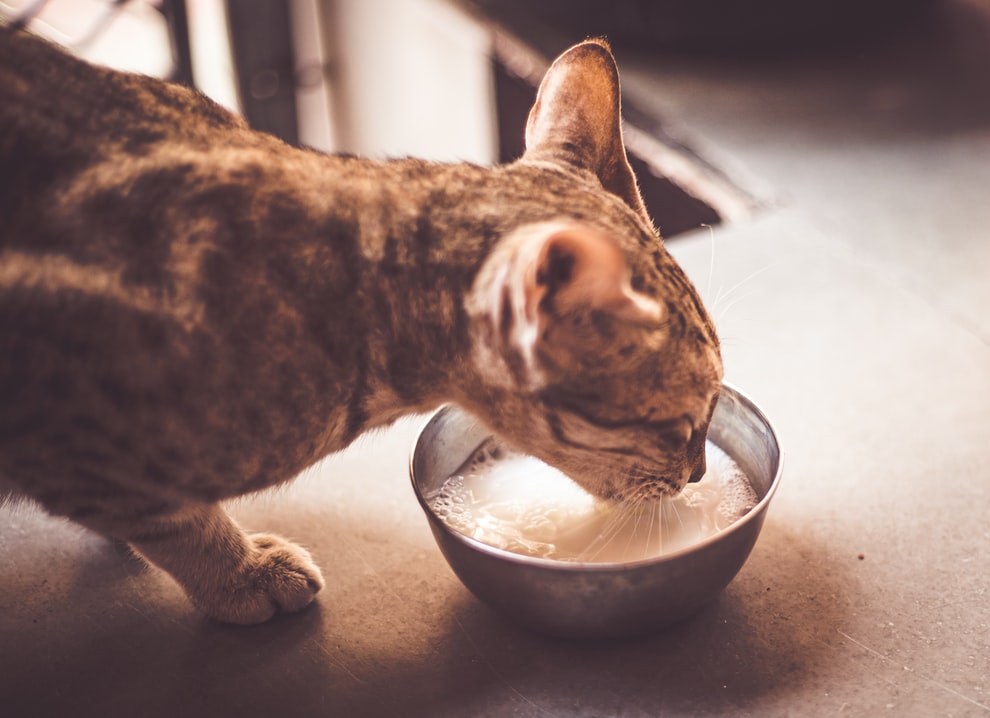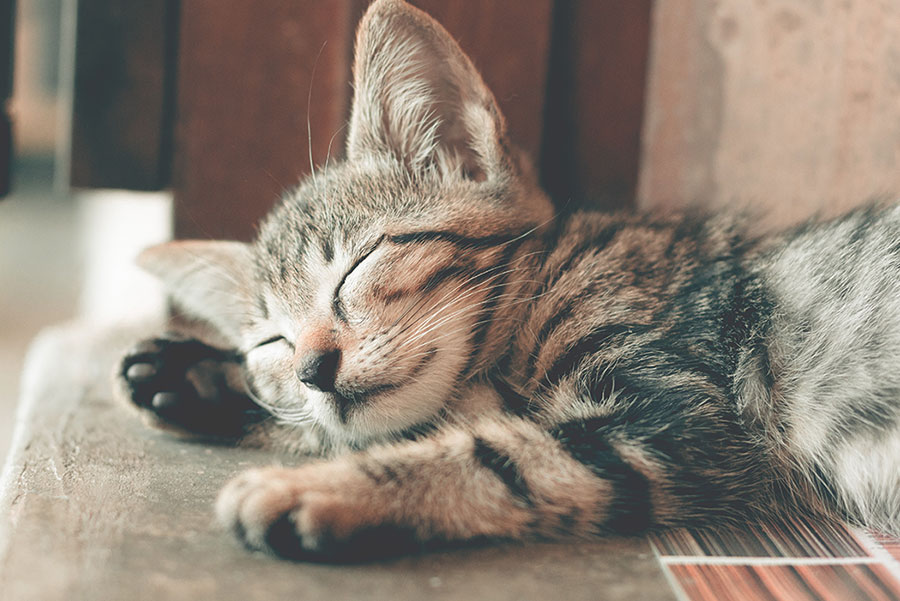
Anyone who’s ever watched a cat at play understands that felines are natural hunters. They may live under our roofs, but their bodies still consume nutrients like the hunters from which they’ve evolved. Cats are true carnivores, which means their digestive system only tolerates meat, unlike omnivorous humans and dogs. In other words, cats’ nutritional needs differ from ours. Therefore it’s vital to understand at least the basics of feline nutrition. Two factors play vital roles in the nutritional needs of cats:
- Cats are true carnivores (meat-eaters).
- Cats evolved from a desert climate.
The History of Felines
To understand feline nutrition, it helps to know their history. Cats’ ancestors are desert animals and eventually became domesticated in the area of Egypt. For thousands of years, cats evolved, living in areas where humans lived but were not tamed. While dogs resided with humans and hunted with humans, cats functioned independently.
Even as humans started agricultural communities, cats resisted domestication. Instead of consuming food provided by people, cats lived off the animals that flocked to agricultural byproducts. Human agrarian societies attracted birds, small animals, rodents, and cats, who preyed on them. DNA comparisons of cats throughout history show few fundamental changes between these wild felines and today’s domesticated house cats. Despite their smaller sizes and more vibrant colors, cats still display feral tendencies and remain carnivorous animals.
Feline Nutrition
Most mammals, like humans and canines, use carbohydrates as their primary source of energy. Protein is used, for the most part, to build and maintain tissue and execute biological reactions. In contrast, cats are carnivores and depend on protein as their source of energy. Only animal tissue (meats) contains the high levels of the right kind of protein that cats need to survive. For example, cats need more essential amino acids than humans or canines and can only obtain them from their meat diet.
Although cats can tolerate some products like cheese and honey, these foods aren’t necessary to their diet and may result in health issues if consumed in large amounts.
As carnivores, cats depend on nutrients found only in animal tissue.
Human Grade, high-quality pet food certification
The nutrients a cat depends on include protein, essential fatty acids, vitamins (niacin, calcium, vitamin A), and minerals. Although some nutrients that cats need are present in plant tissue, they’re not in a form that cats can utilize. For example, vegetables contain fatty acids like alpha-linolenic acid (ALA), which help animals develop healthy skin and fur. However, cats can’t metabolize ALA from plants and must obtain it from meat sources.
Felines and Water
Because felines are originally desert animals, cats require less water per day than canines of the same size. Although water is still an essential part of their diet, cats utilize the water in their bodies much more efficiently than humans and canines, and their bodies conserve the water. Cats who consume canned cat food get much of their water from their food and generally drink less water than cats who eat dry food.

Finding the Right Mix
According to Cornell University’s College of Veterinary Medicine, cats also need a dozen or more nutrients besides protein and carbohydrates. Because cats get their vitamins and minerals from their food, extra supplements aren’t necessary as long as cats eat high-quality, well-balanced food specifically for cats.
However, creating homemade cat food is not recommended. Research conducted in 2019 found that most homemade cat foods lacked the proper nutrients and could even contain ingredients toxic to felines (such as garlic, onions, etc.). Commercial cat foods, however, are formulated with the right amount of nutrients.
Commercially available cat foods contain nutrients and calories standards set by the Association of American Feed Control Officials (AAFCO). Though the content is the same, it’s the quality of the food that differs the most. The following are some of the different types of cat foods:
1. Dry Cat Food
Dry cat food contains the least amount of water than all the other types of foods (6-10 percent water). Some cats may also find dry food less flavorful than other foods due to the lack of moisture.
2. Semi-Moist Cat Food
Semi-moist cat food consists of about 35 percent moisture. Cats find semi-moist food more appealing than dry food, though the food tends to become less palatable the longer it remains exposed to air.
3. Canned Cat Food
Canned cat food’s moisture content is about 75 percent, which is not only more pleasing to felines but also makes it an excellent water source. Compared to the other types of food, canned cat foods generally contain meats instead of meat byproducts.
4. Human-Grade Cat Food
Human-grade cat food contains the nutrient combination that felines need. In addition, the food is prepared using the same methods and facilities used to cook human meals. The food contents are also human-grade, meaning it’s fit for human consumption, very high-quality, and contains no by-products.
For picky and discerning felines, human-grade cat food may be the most attractive choice.
Human Grade, high-quality pet food certification
Choose High-Quality Feline Food
While the basics of feline nutrition are simple to follow, it’s essential to remember that their nutritional needs are different from humans and canines. As carnivores, their diets consist almost entirely of animal products. Choosing high-quality, nutritionally balanced cat food — the likes of human-grade certified pet food — may appeal to their finicky tastes and is vital to having a healthy and happy cat.

